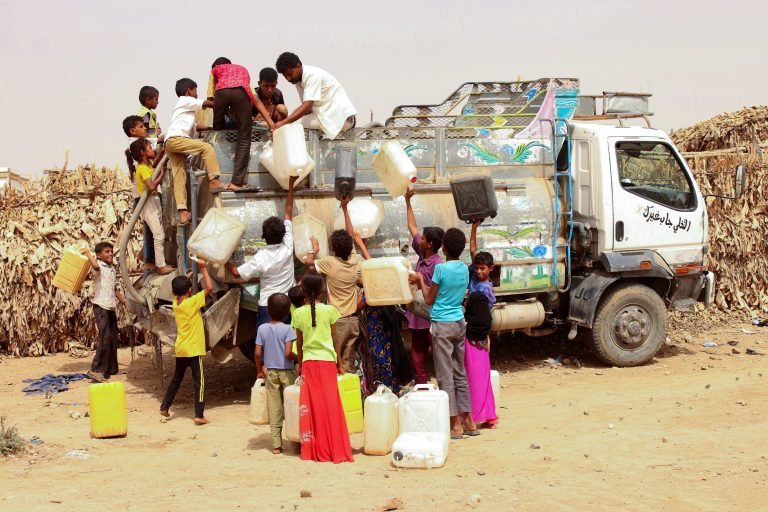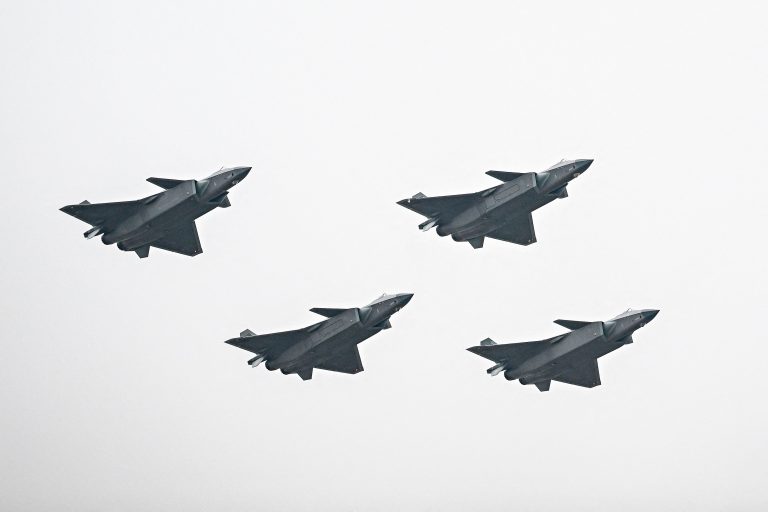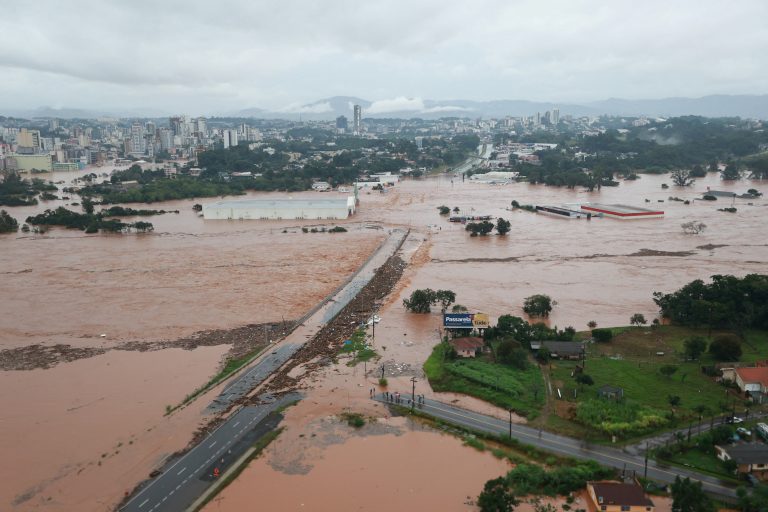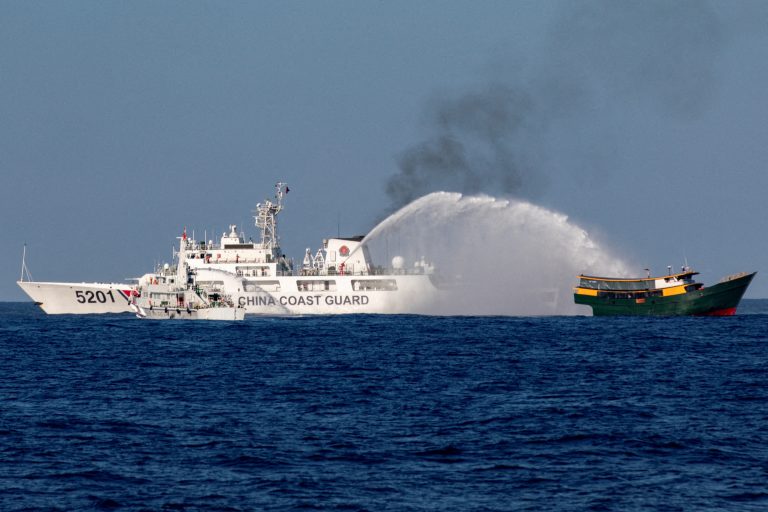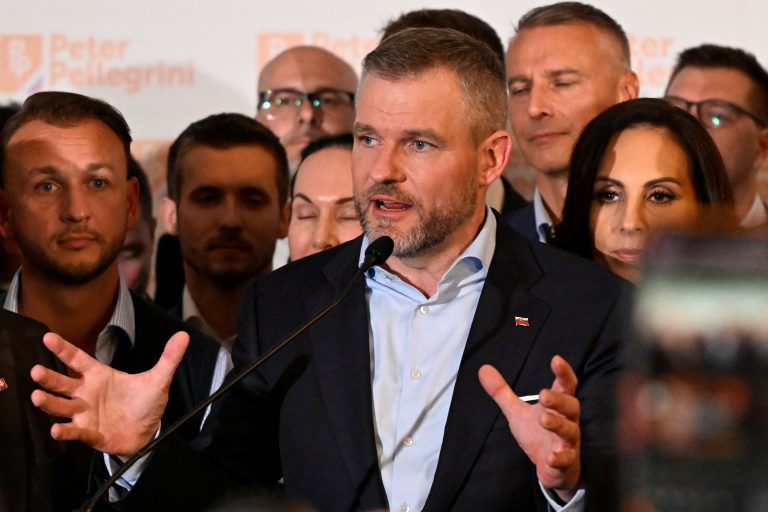Following a truce in Yemen, brokered by the United Nations (UN) on April 2, the international organization is now saying that it believes that the ceasefire could allow humanitarian aid to reach those in dire need.
While the truce, which has brought a halt to Yemen’s seven-year-long war, is welcomed, past ceasefires have been violated several times by other forces, which threatens efforts by the United Nations.
Promise of aid
On April 2, both warring sides, the Saudi-led coalition and the Iran-backed Houthi rebels, agreed to a truce, which could be extended upon mutual agreement between the two factions.
The truce came during the start of the Muslim holy month of Ramadhan.
This truce is the first since 2016, in a war which has claimed the lives of around 400,000 people, the UN reported.
Success
You are now signed up for our newsletter
Success
Check your email to complete sign up
Two months since it was initiated, the truce has opened the doors for international relief efforts to aid millions of Yemeni caught up in the feud.
According to a statement by David Gressly, the UN humanitarian coordinator for Yemen, “The worsening humanitarian crisis in Yemen is a reality that we need to urgently address.”
“Over 23 million people – or almost three-quarters of Yemen’s population – now need assistance… an increase of almost three million people from 2021,” he added.
READ MORE:
- 1 in 4 Africans Face Food Insecurity as Continent Suffers Worst Crisis Since 2017
- Yemen War Death Toll to Exceed 377,000 by Year-End
- Saudis Posture Dumping US Petrodollar for Yuan On Chinese Oil Sales
With the truce halting the carnage, Gressly encouraged donors and other aid agencies to make their move and start providing supplies and “life-saving assistance” to those in need, especially in areas cut off by the violence.
“For aid agencies to immediately step up efforts, we count on sufficient donor funding. Otherwise, the aid operation will collapse despite the positive momentum we are seeing in Yemen today,” Gressly warned.
To accommodate the relief efforts, Gressly says the UN requires $4.3 billion “to reverse a steady deterioration of the humanitarian situation.” The goal of the efforts are to aid 17.3 million people, with 13 million people “already facing acute levels of need.”
In addition to the 80 percent of the population requiring aid, fuel shortages in Sanaa and other areas could be relieved with the arrival of oil tankers at the port of Hodeida. A deal was also brokered to allow commercial flights out of Sanaa’s airport for the first time in six years, despite the inaugural flight being postponed.
Also, on Friday, May 6, the coalition said that it released a batch of prisoners back to Yemen as a “gesture of peace.”
UN Secretary-General Antonio Guterres hopes that a “political process” can be made to ensure peace.
“You must take that momentum in order to make sure that this truce is fully respected and that it is renewed and… that a true political process is launched,” Guterres told reporters.
Violence amidst the truce
Despite the respite, reports are coming in that there are violations of the truce and fighting continues in certain areas.
An anonymous Yemeni military official claimed that the Saudi-led coalition forces and their allies are continuing to send military aircraft and drones over several provinces.
A Chinese-made CH-4 drone from the coalition was reportedly shot down in the northern province of Hajjah, according to Brigadier General Yahta Saree of the Yemeni Armed Forces.
Houthi rebels continue to attack the Yemeni city of Marib, an energy-rich stronghold. Though the fighting is not as intense as before, the recent attacks during the ceasefire have concerned the UN and the international community.
The war between the Saudi-backed coalition and Iran-backed Houthi rebels began in 2014 when Houthi forces captured the capital city of Sanaa, requesting “lower fuel prices and a new government.”
In 2015, Saudi Arabia led a coalition of Gulf states to strike Houthi rebels, backed by U.S. logistical and intelligence support. Iran, in turn, provided weapons and its own naval convoy to assist the Houthis.



